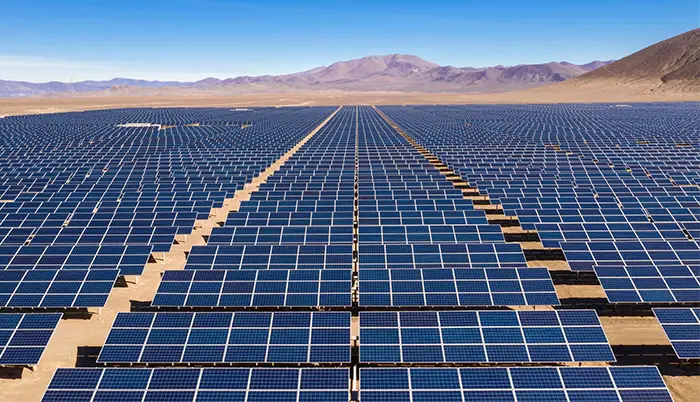Solar tracking systems are devices that can follow the sun’s path throughout the day. They are coupled with solar panels and receivers, which move accordingly to ensure maximum exposure to direct sunlight throughout the day. Recently gaining a lot of popularity in India, a solar tracking system can significantly increase the overall energy output of your solar panels. There are basically 3 types of solar tracking systems, categorized on the basis of their operation. These are manual, passive, and active solar tracking systems. They can further be categorized as single-axis and dual-axis systems, based on the direction they can move in.
Solar trackers are best suited for solar energy setups located at high latitudes, as those regions generally experience huge variations in the sun’s position. Mostly, solar trackers find application in commercial setups because of their higher requirements for renewable energy as compared to residential ones.
Solar systems with a tracker generate a higher amount of renewable energy as compared to their stationery counterparts. But, in order to get the best benefits of using a tracker, it is extremely important to choose the best solar tracking systems based on your needs.

Choosing the Best Solar Tracking Systems
There are several factors that need to be taken into consideration when it comes to choosing a solar tracking system, like the size of the solar energy setup, your budget, sun movement patterns in your region, etc.
- Choosing the Right Type of Solar Tracker
The first thing you need to decide is the type of tracker you need, whether it is a single-axis tracker (SAT) or a dual-axis tracker (DAT) that will suit your setup. The SAT can follow the sun’s movements only from east to west in the sky. On the other hand, the DAT can follow the sun’s movements both, from east to west and from north to south. So, for smaller setups, the SAT may be the better option. It may produce a lesser amount of energy but is more cost-effective.
- Check the Configuration
The configuration of the solar tracking system is another important aspect to consider. There are two main configurations of solar tracking systems - Building Block (BB) and Independent Row (IR) - and both of them have their own advantages and limitations. It is best to consider your specific requirements and choose a configuration accordingly.
- Easy Installation
Make sure that you choose a solar tracker that is structurally and electrically easy to install. A simple design that does not require specialized knowledge or extra effort is always the better choice.
- Reliability
Solar tracking systems are a one-time investment, so it is extremely important to choose one that you can rely on. Always make sure that the manufacturer has performed reliability tests on the solar tracking system beforehand. Also, ensure that the manufacturer has a robust customer support system, in case you need assistance in the future.
Mitsubishi Electric India is a world leader in the manufacture and sales of electrical and electronic products and solutions for a range of applications across industries. Focused on using their technology to enhance the quality of life all over, while contributing to the betterment of society, Mitsubishi Electric India offers some of the best solar tracking systems in India that you can choose from the diversified range of products offered by the company.
